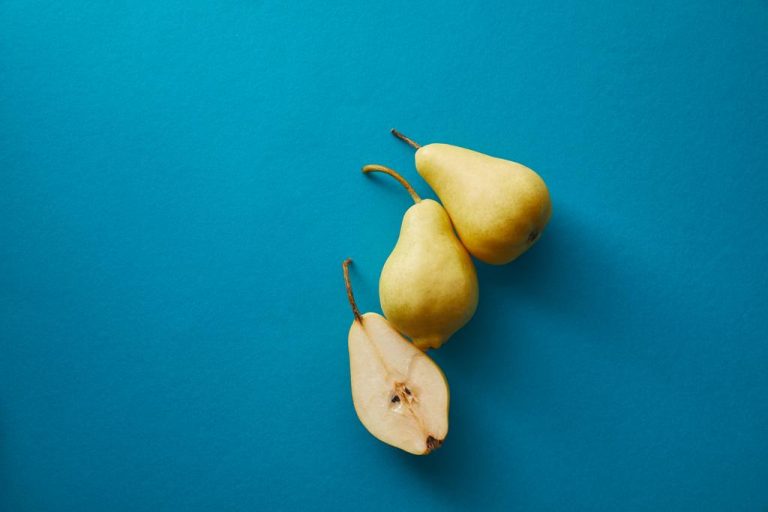You can find sorbitol in both natural and processed foods. We explain what you need to know about the substance.
origin of sorbitol
Sorbitol, also called sorbitol, is a so-called sugar alcohol. It can occur, for example, when glucose (grape sugar) is broken down. Some fruits and vegetables naturally contain sorbitol, for example:
apples
pears
peaches
apricots
cherries
eggplants
green beans
broccoli
fennel
paprika
Cauliflower
white cabbage
The berries of the mountain ash contain a particularly large amount of sorbitol – these were used in the past to obtain the substance. Today, sorbitol is made from wheat or corn starch using chemical processes.
How and where is sorbitol used?
Sorbitol has some special chemical properties that make it a popular additive in food and cosmetics.
Specifically, it is about these properties and products:
Sorbitol is sweet but only has 2.4 calories per 100 grams, while regular sugar (sucrose) has four calories per 100 grams. In addition, it is metabolized independently of insulin, making it suitable for diabetics. That is why sorbitol is often used as a sweetener in low-sugar confectionery. You can also find it as a sweetener in ready-made sauces and mustard.
Sorbitol has hygroscopic properties, which means it binds water from the environment. Sorbitol is therefore often used to keep foods such as toast, but also cosmetics or toothpaste moist. Sorbitol is also a popular ingredient in toothpaste because, unlike normal sugar, it protects against tooth decay.
Sorbitol functions as a carrier for aromas and vitamins and is therefore used, for example, as a basis for dietary supplements.
Sorbitol is mainly used as an emulsifier in detergents. It ensures that greasy residues can be better dissolved.
How do you recognize sorbitol?
Sorbitol or sorbitol is not always literally seen in ingredient lists. Instead you will often find the E number E420. Sorbitol may be used without restriction in the foods mentioned above.
There are also many compounds that contain sorbitol, with substances numbered E432 to E436 being particularly common.
Sorbitol – low-calorie sugar substitute?
As mentioned, sorbitol is particularly popular as a sugar substitute – it is metabolized independently of insulin and does not cause tooth decay. It is also true that sorbitol contains fewer calories than sugar. However, its sweetening power is only half as great. That’s why you need more sorbitol to achieve the same sweetness. So sorbitol is not a low-calorie substitute for sugar.
Incidentally, this is one reason why the German Society for Nutrition is against offering special foods for diabetics. So far, there is no evidence that foods with sugar substitutes are beneficial for diabetics. Instead, diabetics, like everyone else, should eat a balanced diet.

Side effects and sorbitol intolerance
On products that contain sorbitol, you will often find this warning: “Excessive consumption may have a laxative effect.” The reason for this is that as little as ten grams of sorbitol per day (as much as there is in four prunes) can cause digestive problems such as diarrhea or flatulence as well can cause headaches and fatigue. Such large amounts cannot be fully digested in the small intestine and some end up in the large intestine. The microorganisms resident there then form flatulent gases from the sorbitol. Caution: Only if a product consists of ten percent or more sorbitol does the information on the laxative effect have to be given.
People who suffer from sorbitol intolerance or intolerance must be particularly careful. The absorption of sorbitol in the small intestine is impaired here, so that even significantly smaller amounts of the substance can trigger the symptoms mentioned above. If you suffer from sorbitol intolerance, you should not only avoid sorbitol, but also other sugar alcohols such as xylitol or erythritol.
People who suffer from fructose intolerance should also avoid sorbitol, as it also impairs the absorption of fructose. Especially people with a hereditary (hereditary) fructose intolerance should be careful. With this form of intolerance, fructose can be absorbed in the intestines, but cannot be broken down properly in the liver. What does this have to do with sorbitol? The substance is broken down in the body into fructose.

